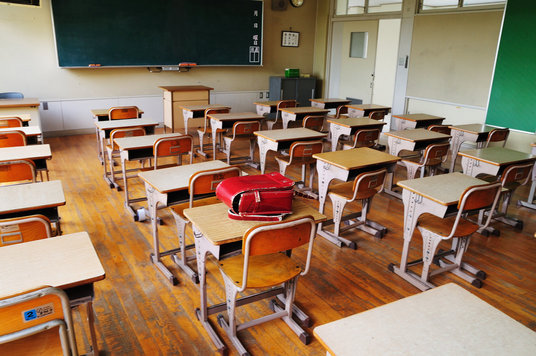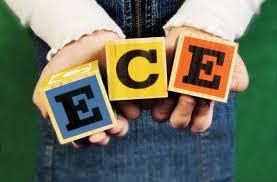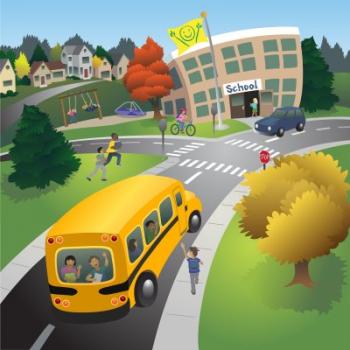All children of developing nations receive free state-provided schooling between designated ages that change for every country. Most of these state-run schools receive provincial or federal funding and therefore have to meet strict educational guidelines. An example of an exception to this rule would be charter schools in the United States that receive government funding but setup their own academic guidelines.
The choice of where to send a child for education needs to be taken seriously and chosen carefully. Those who are part of the middle and upper socioeconomic classes might choose to send their children to private or boarding schools where parents have to pay tuition. Because private schools are not federally funded, the schools have the right to turn down any students who apply.
Parents and families who are more religious might choose to send their children to religious schools which can be either state-run or privately funded. Some parents of children with learning disabilities or over abilities might want to send their children to special schools where their child’s learning disabilities or giftedness can excel.
In addition to primary, elementary, and secondary schools, most countries in the world offer two-year and four-year colleges that offer bachelor degrees as well as master’s degrees and PhDs. These schools are not always regulated by the governments of the host countries, but may be governed by accreditation boards such as law bars and medical councils.
Types of schools¹
- Public: this type of school gets its finances from local, state, and federal government funds. They must admit all students who live within the borders of their district. Charter and magnet are two types of public schools.
- Charter: this type of school is relatively new, only first appearing in the 1990s. They are independently operated public schools started by parents, teachers, community organizations, and for-profit companies. Charter schools receive tax dollars and private funding, and do not charge tuition.
- Magnet: this type of school is a free public school but can be highly competitive and selective. They have special programs and high academic standards and usually specialize in a particular area.
- Private: this type of school relies on tuition payment and funds from nonpublic sources like religious organizations, endowments, grants, and charitable donations. Students come from a carefully selected pool. Private schools can be coed or single sex.
- Independent: this type of school is private, nonprofit and governed by a board of trustees. Their funds come from tuition payments, charitable contributions, and endowments rather than taxes or church funds. They may be affiliated with a religion, but cannot receive funds or governance from them.
- Parochial: this type of school is church-related, and most commonly owned and operated by Catholic parishes or dioceses but also by Protestant denominations. The majority of private schools in the U.S. are parochial.
- Proprietary: this type of school is run for profit and is a relatively new category. They do not have a board of trustees or group of elected officials.
Home schooling is another popular form of education. Approximately 1.5 million people in 2007 were educated at home by parents, private tutors, or online programs. The majority of parents who choose to homeschool do so for religious or moral beliefs.
Reference:
1. Baby Center. School types: The difference between public, private, magnet, charter, and more. Retrieved May 21, 2014, from http://www.babycenter.com/0_school-types-the-difference-between-public-private-magnet-ch_67288.bc
Image source: Wikimedia Commons
© BrainMass Inc. brainmass.com June 28, 2024, 3:34 pm ad1c9bdddf




